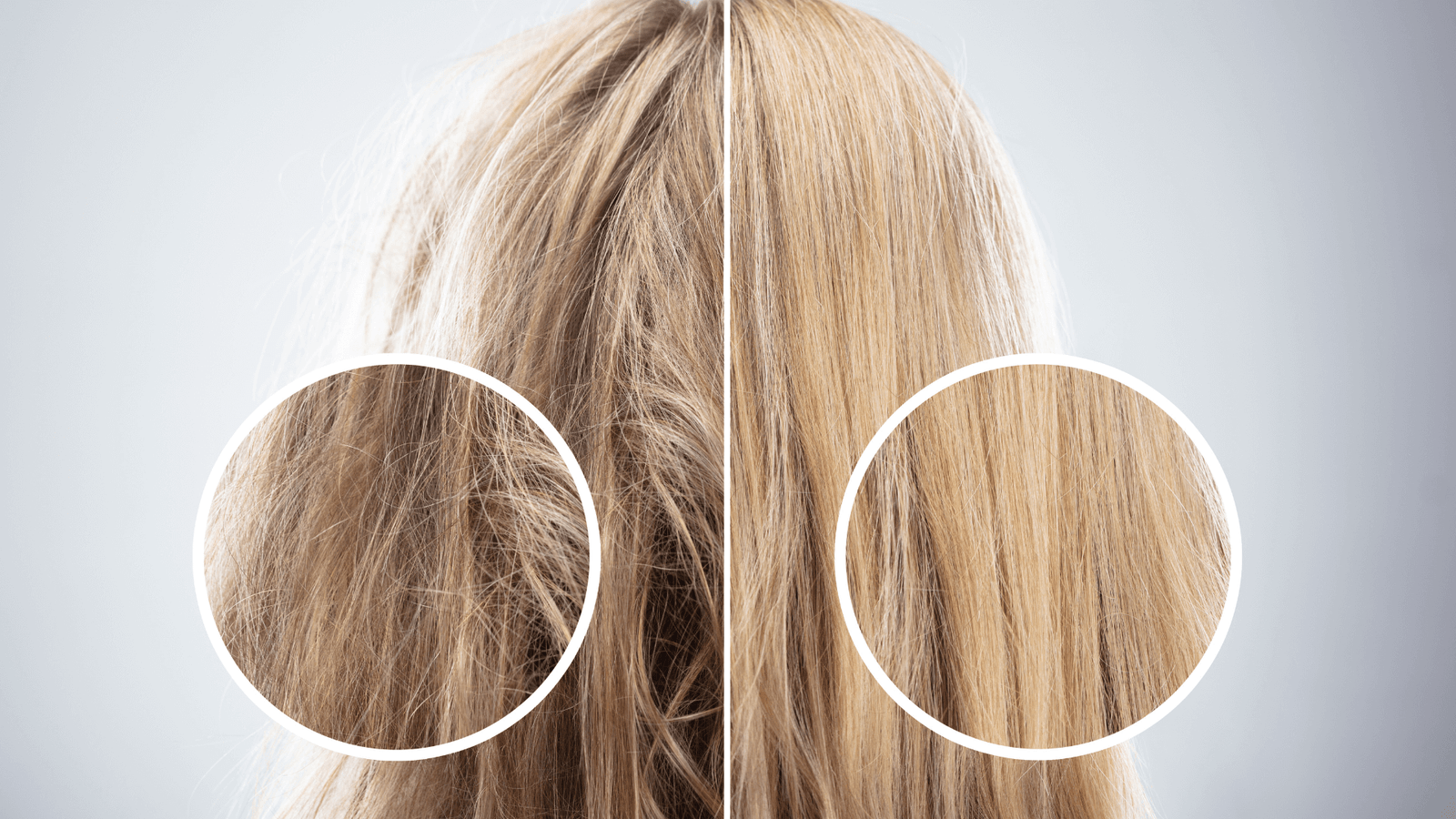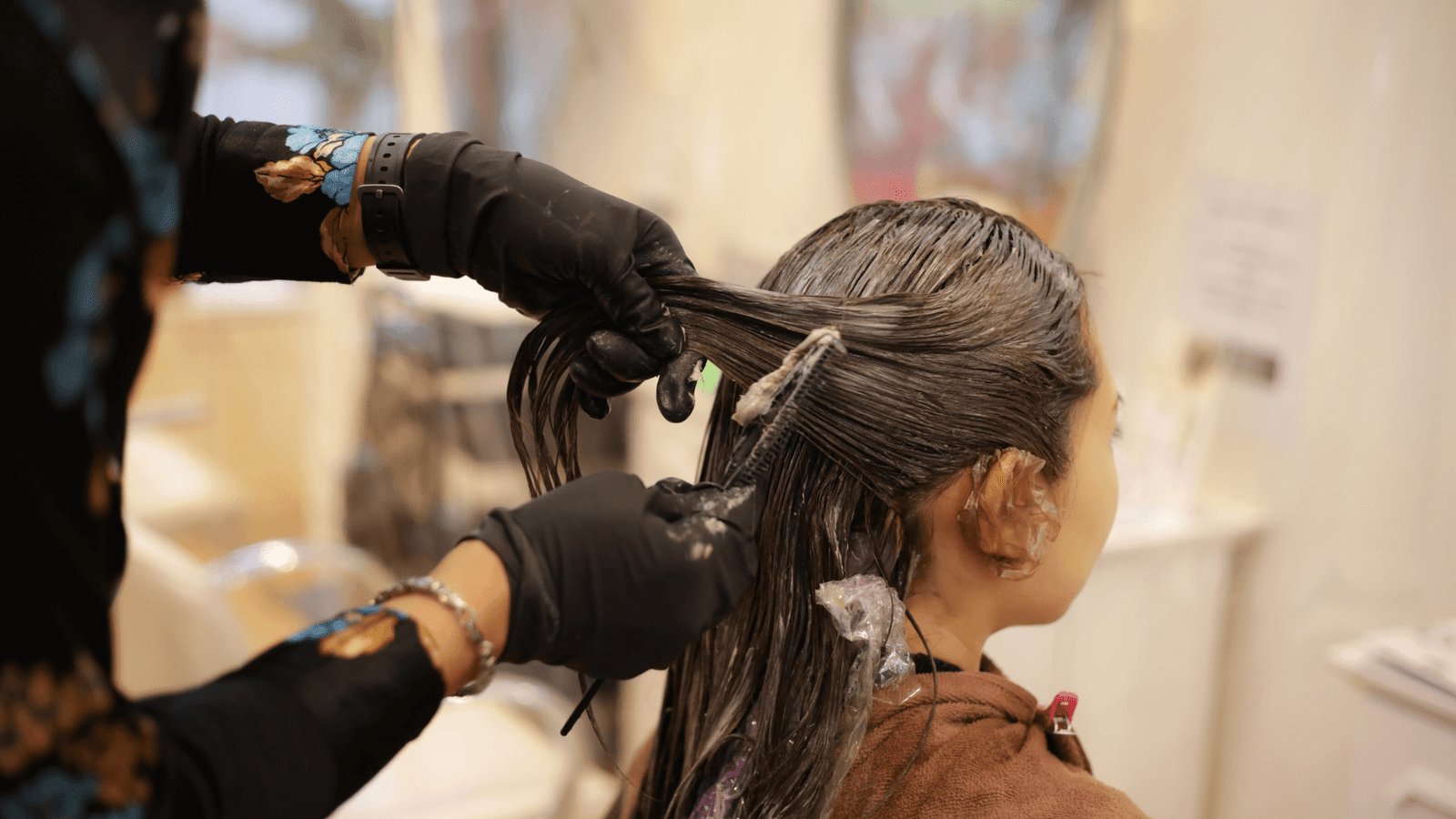Hair loss affects over 50 million Americans, creating an unprecedented opportunity for specialized salons. Yet, many talented stylists struggle to attract clients who desperately need their services. The challenge isn’t your expertise, it’s connecting with people who often feel vulnerable and uncertain about their options.
Marketing a hair salon specializing in hair loss and extensions requires a delicate balance of sensitivity, expertise, and strategic positioning. Unlike traditional salons, your clients aren’t just seeking beauty, they’re seeking confidence, hope, and transformation. This comprehensive guide reveals seven proven strategies that successful salon owners use to build thriving businesses while making a meaningful difference in people’s lives.
Understanding Your Unique Market Position

Before diving into marketing tactics, recognize that your salon occupies a specialized niche. According to the American Hair Loss Association, two-thirds of men experience appreciable hair loss by age 35, while 40% of women experience visible hair loss by age 40. These statistics represent millions of potential clients actively seeking solutions.
Your salon addresses both medical and cosmetic needs, positioning you as a bridge between healthcare and beauty. This unique position demands marketing approaches that emphasize trust, expertise, and discretion while showcasing transformative results.
Strategy 1: Build Trust Through Educational Content Marketing
Educational content serves as your foundation for building credibility. Create blog posts, videos, and social media content that addresses common concerns your clients face. Topics like “Understanding Different Types of Hair Loss” or “How to Choose the Right Hair Extension Method” establish your expertise while providing genuine value.
Develop a content calendar that covers:
- Hair loss causes and solutions
- Extension care and maintenance
- Success stories and testimonials
- Behind-the-scenes salon processes
- Industry trends and innovations
Remember, people researching hair loss solutions often feel anxious and overwhelmed. Your content should offer hope and practical guidance while positioning your salon as the trusted solution.
Strategy 2: Leverage the Power of Before-and-After Transformations

Visual proof remains the most compelling marketing tool for hair salons. Before-and-after photos demonstrate your expertise in ways that words cannot. However, obtaining and using these images requires careful consideration of client privacy and consent.
Create a systematic approach to documentation:
- Always obtain written consent before photographing clients
- Use professional lighting and consistent angles
- Capture multiple stages of the transformation process
- Include brief client testimonials when possible
- Share transformations across all marketing channels
Studies show that visual content receives 94% more views than text-only content. Your transformation photos serve as powerful social proof that convinces potential clients to take action.
Strategy 3: Optimize Your Online Presence for Local Search
Local SEO plays a crucial role in attracting nearby clients. When someone searches for “hair loss treatment near me” or “hair extensions specialist,” your salon should appear prominently in search results.
Implement these local SEO tactics:
- Claim and optimize your Google My Business listing
- Encourage satisfied clients to leave reviews
- Include location-specific keywords in your website content
- Create landing pages for different services and locations
- Build citations on local directories and industry websites
Research indicates that 46% of Google searches have local intent. By optimizing for local search, you capture potential clients at the moment they’re actively seeking your services.
Strategy 4: Develop Strategic Partnerships with Healthcare Professionals

Hair loss often stems from medical conditions, medications, or treatments like chemotherapy. Building relationships with healthcare providers creates a valuable referral network while establishing your salon as a trusted healthcare partner.
Target these partnership opportunities:
- Dermatologists and trichologists
- Oncology centers and cancer support groups
- Endocrinologists treating hormonal imbalances
- Mental health professionals
- Medical spas and wellness centers
Provide educational materials about your services to these professionals. Consider offering special rates for their patients or creating a referral program that benefits both parties.
Strategy 5: Create Comfortable, Discrete Consultation Experiences
Many clients feel embarrassed or self-conscious about their hair loss. Your consultation process should prioritize comfort, privacy, and understanding. This approach becomes a marketing advantage when clients share their positive experiences with others.
Design your consultation process to include:
- Private consultation rooms away from main salon areas
- Comprehensive hair analysis and treatment planning
- Clear pricing and treatment timelines
- Take-home information packets
- Follow-up communication systems
Word-of-mouth marketing drives 20-50% of purchasing decisions. By creating exceptional consultation experiences, you encourage clients to recommend your services to friends and family.
Strategy 6: Implement Targeted Social Media Advertising
Social media platforms offer powerful targeting capabilities that allow you to reach specific demographics dealing with hair loss. Facebook and Instagram ads can target users based on interests, behaviors, and life events related to hair loss concerns.
Create targeted campaigns for:
- Women experiencing postpartum hair loss
- Men showing interest in hair restoration
- Cancer survivors seeking hair solutions
- People interested in hair extension services
- Local audiences within your service area
Use compelling visuals and empathetic messaging that resonates with your target audience’s emotional needs. Always maintain sensitivity when discussing hair loss topics in your advertising.
Strategy 7: Develop Follow-Up and Retention Programs

Acquiring new clients costs five times more than retaining existing ones. Develop systems that keep clients engaged and encourage repeat visits while generating referrals.
Implement these retention strategies:
- Regular check-ins about hair care progress
- Seasonal maintenance appointments
- Loyalty programs with service discounts
- Exclusive client events and workshops
- Referral incentives for satisfied clients
Track client satisfaction through surveys and feedback systems. Use this information to continuously improve your services and identify opportunities for additional treatments.
Measuring Your Marketing Success
Effective marketing requires consistent measurement and adjustment. Track key performance indicators like:
- Website traffic and conversion rates
- Social media engagement and reach
- New client acquisition costs
- Client retention rates
- Revenue per client
- Referral source effectiveness
Use tools like Google Analytics, social media insights, and customer relationship management systems to monitor your progress. Regular analysis helps you identify which strategies generate the best return on investment.
Addressing Common Marketing Challenges
Question: How do I market sensitive services without making people uncomfortable? Focus on positive outcomes and empowerment rather than dwelling on problems. Use language that emphasizes confidence, beauty, and transformation while maintaining professionalism and sensitivity.
Question: What’s the best way to handle negative reviews about hair loss treatments? Respond professionally and privately when possible. Offer to discuss concerns offline and demonstrate your commitment to client satisfaction. Use negative feedback as opportunities to improve your services.
Question: How can I compete with larger hair restoration chains? Emphasize your personalized service, local expertise, and relationship-building approach. Many clients prefer intimate salon environments over clinical corporate settings.
Question: How do I price my specialized services competitively while maintaining profitability? Research local market rates and position your pricing based on value, not just cost. Highlight your specialized training, quality products, and personalized service. Consider offering package deals or payment plans to make premium services more accessible while maintaining healthy profit margins.
Question: What’s the best way to photograph clients for marketing while respecting their privacy? Always obtain written consent and consider partial face photos, side angles, or focus shots that show hair transformation without revealing full identity. Create a portfolio of willing clients who are comfortable being featured, and consider offering incentives like service discounts for clients who agree to be photographed.
Question: How can I build credibility when I’m new to the hair loss and extension specialty? Invest in advanced training and certifications from reputable organizations. Partner with experienced professionals for mentorship. Start with competitive pricing to build your portfolio, then gradually increase rates as you gain experience and testimonials. Document your learning journey and share educational content to demonstrate expertise.
Question: Should I advertise specific hair loss conditions or keep marketing general? Strike a balance by addressing common concerns without getting too medical. Use terms like “thinning hair,” “hair loss,” and “confidence restoration” rather than specific medical diagnoses. Focus on solutions and outcomes rather than dwelling on conditions. Always recommend clients consult healthcare providers for medical concerns.
Question: How do I handle clients who have unrealistic expectations about results? Set clear expectations during consultations with before-and-after photos of similar cases. Explain the process timeline, maintenance requirements, and realistic outcomes. Use written treatment plans and consent forms. Educate clients about factors that affect results, such as hair type, lifestyle, and commitment to aftercare. Under-promise and over-deliver when possible.
Marketing a hair salon specializing in hair loss and extensions requires a unique blend of sensitivity, expertise, and strategic thinking. By implementing these seven proven strategies, you’ll build a thriving business that transforms lives while achieving sustainable growth.
Remember that your clients are seeking more than just hair services, they’re looking for confidence, hope, and understanding. When your marketing authentically reflects these values while showcasing your expertise, you’ll attract clients who become loyal advocates for your business.
Start implementing these strategies today, and watch as your specialized salon becomes the go-to destination for people seeking professional hair loss solutions and extensions in your community.











